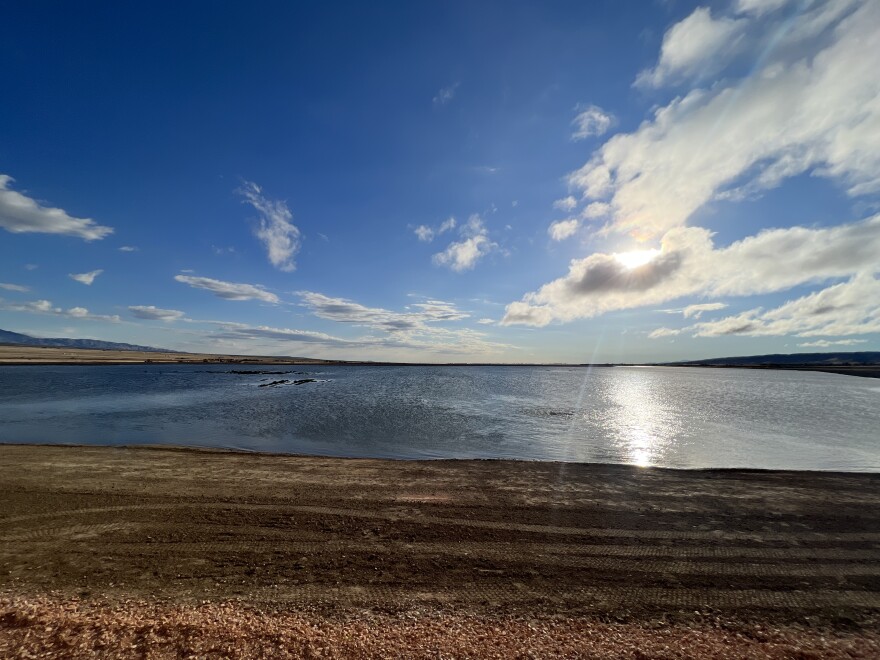Truth matters. Community matters. Your support makes both possible. LAist is one of the few places where news remains independent and free from political and corporate influence. Stand up for truth and for LAist. Make your year-end tax-deductible gift now.
In Spite Of All The Rain, Higher Water Rates Loom Ahead

Southern California has seen record rainfall lately, and there’s a healthy snowpack in the Sierra Nevada. But in spite of all the rain and snow, many local consumers can expect to see higher water bills next year.
The Metropolitan Water District of Southern California’s board adopted a two-year budget this week that includes a spike in water rates. This will hit around 19 million consumers in two ways: as higher bills passed along by the city or local agency they get their water from, and potentially as an increased water fee on future property tax bills.
Rates for the district’s 26 member agencies and cities — including Los Angeles — are expected to go up 17% during the next two years, beginning with an initial 8.5% increase next Jan. 1 and another the following January. The board is expected to vote on the property tax increases in August.
How we got here
So after two of L.A.’s wettest rainy seasons on record, why these increases? MWD officials say the increases are needed to pay for infrastructure — and that the recent rains, along with the droughts that preceded them, play a part.
“We have seen a lot of rain, that means folks are turning off their sprinklers, not using water,” said Rebecca Kimitch, a spokesperson for the water district, which serves approximately 19 million people. “But that means demands are low. We are selling less water.”
Which is a good thing in terms of conservation, but not in terms of revenue to maintain and invest in things like water storage, treatment, and delivery systems, according to MWD officials.
“Everyone is helping our community by conserving. We're able to shore up our reserves and our storage to use it when we don't have the water. But that is not free. It all costs money,” said Adel Hagekhalil, the MWD’s general manager and CEO. “To make sure that we are resilient, that we have water when we need it, we have to invest money, and that's the additional cost.”
With ongoing climate change, there will be other dry years, he said, and there’s a need to invest in storage infrastructure so there’s enough water when drought strikes again.
Concerns about the increases
But some have raised concerns about the increases. In a recent letter to MWD leadership, several board members representing Los Angeles complained about the proposed increase to property tax bills, saying this would “negatively impact every homeowner and be passed on as increased rent…effectively raising the cost of housing for every citizen in every disadvantaged community” throughout the water district’s territory.
Kimitch with the MWD said for a home costing $805,000, for example, the line item on property tax bills for water would go up from roughly $28 now to $56.
As for monthly water bill increases, much will depend on each individual member city and water agency, Kimitch said — some cities have multiple water sources, so they may be less affected by the rate increases than others.
Hagekhalil estimated that, generally speaking, consumers can expect to pay roughly $4 to $5 more a month toward water bills once the rate increases take effect.







